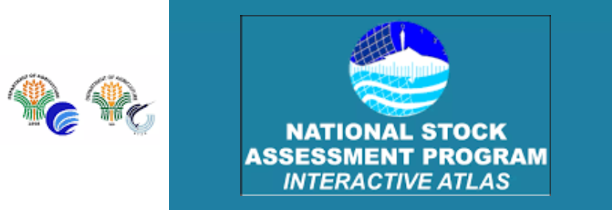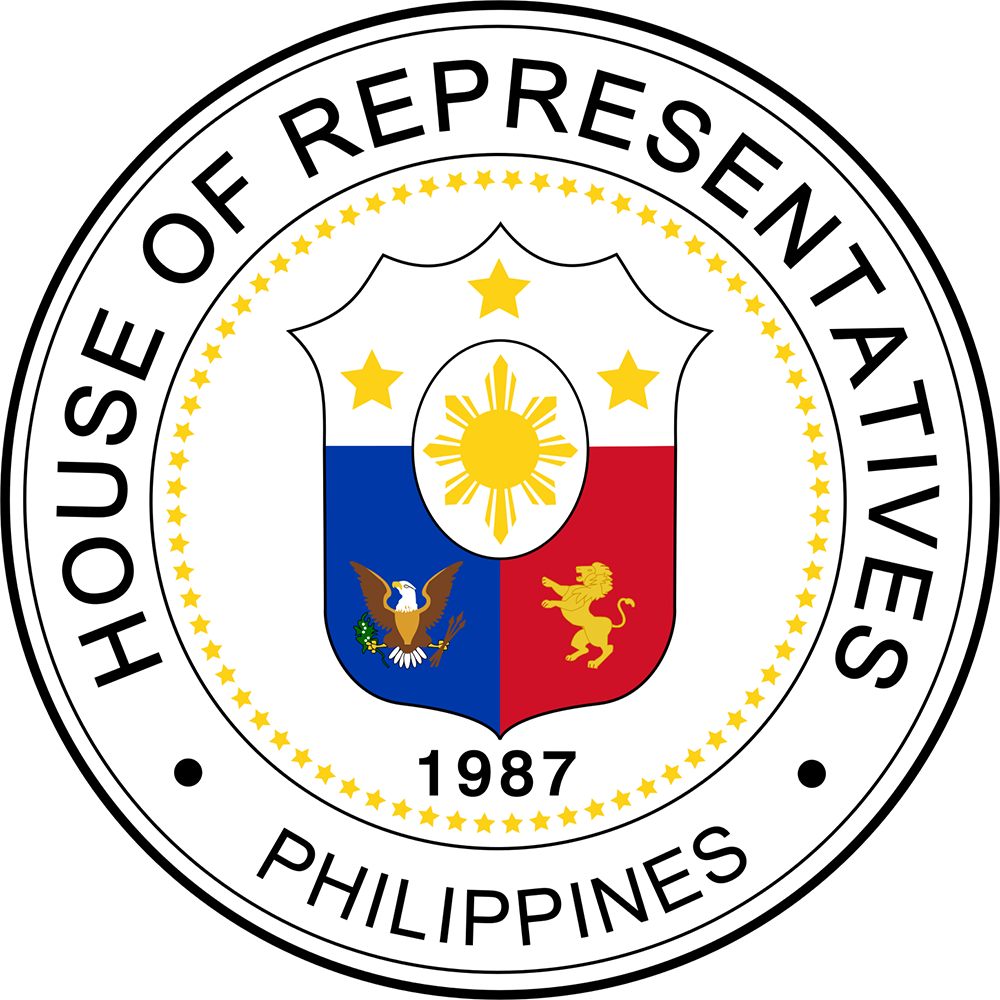
For the past 20 years, farmer Teodolfo Gindap of Barbasa, Antique, has been using traditional rice seeds, giving him a measly harvest of 1,500 kilograms (kg) or roughly 30 cavans of palay, from a 7,500-square meter farm lot.
Last 2019-2020 dry season, he got a record harvest of 3.8 MT, more than double his previous yields in his two decades of farming, as he planted for the first time certified inbred rice seeds. He thus earned an additional income of P39,000 from his toil.
Gindap said the inbred rice seeds distributed by the Department of Agriculture’s Philippine Rice Research Institute’s (DA- PhilRice) are indeed of high quality.
“This wet season, I planted NSIC Rc 402, which PhilRice said is a new, early maturing variety. I am hoping to get another good harvest,” said Gindap.
Another farmer, Flaviamo Dator, president of Samahan ng Magpapalay ng Lucban, Quezon, said “farm inputs, including seeds, are expensive. With the provision of free certified inbred seeds under RCEF, we saved at least P1,500 per hectare, thus motivating us to continue planting rice.”
Gindap and Dator are among the tens of thousands of rice farmers, who are starting to reap the benefits from the Rice Competitiveness Enhancement Fund (RCEF) program, as mandated under the Rice Tariffication Law.
“Their stories inspire us to deliver more than what is expected of us — at the DA and other concerned government agencies — on behalf of President Rodrigo Duterte,” said Agriculture Secretary William Dar.
“We are heartened to know that farmer-recipients of certified inbred seeds from DA-PhilRice under the RCEF program are harvesting more and thus earning bigger incomes than in previous years,” he added.
“Because of said favorable results, farmers are now starting to realize that farming, given the right inputs and package of technology, is indeed profitable,” the DA chief said.
This was confirmed by a recent survey by the DA-PhilRice, covering more than 4,000 RCEF beneficiaries in 55 provinces who harvested an average of 4.14 MT per hectare (ha), realizing an additional yield of 440 kg or close to nine cavans per hectare.
Dr. Jesusa Beltran, chief of PhilRice socio-economics division, said the yield increment, valued at an average price of P17 per kilo of dry palay, translated to almost P7,500/ha in additional income, thus enabling farmers and their families cope with the financial drain due to the Covid-19 pandemic.
The survey also showed that almost all (97%) of the farmers interviewed gained additional knowledge from the information materials disseminated by PhilRice during the seed distribution activity.
From March to July 2020, the DA-PhilRice distributed more than two million bags of certified inbred seeds to 750,000 farmers, tilling more than 855,000 hectares.
“With more farmers reached this wet season, a more positive outlook in rice production is expected this second semester under favorable weather conditions,” said Dr. Flordeliza Bordey, PhilRice RCEF program management office director.
During the first semester of 2020, palay production increased to 8.39 million MT, from 8.27 million MT in 2019, according to the Philippine Statistics Authority (PSA).
“We believe our joint efforts — in partnership with farmers, local government units and the private sector — are paying off, and thus we will vigorously implement the RCEF program in the succeeding years through 2025,” Secretary Dar concluded. ### (DA-PhilRice and StratComms)













